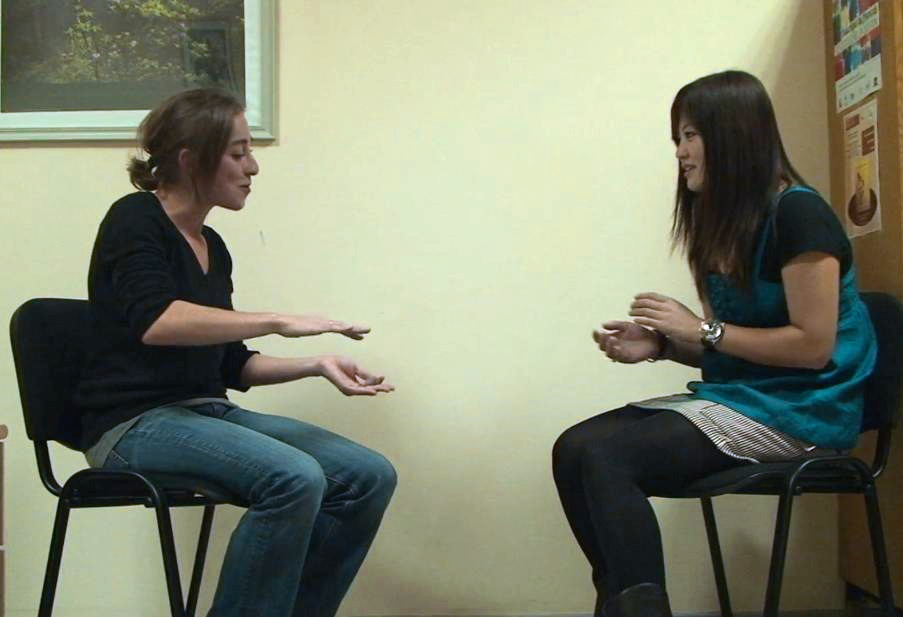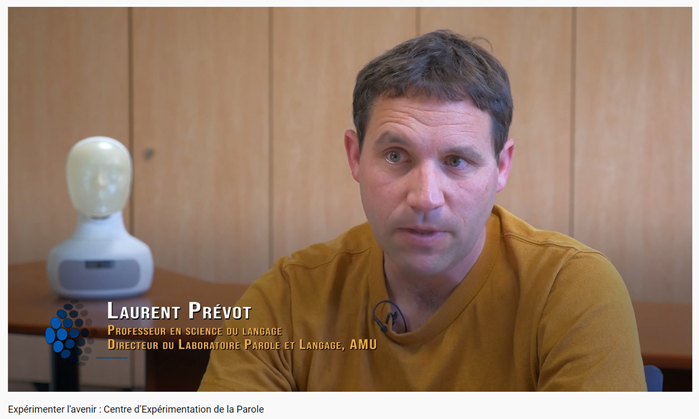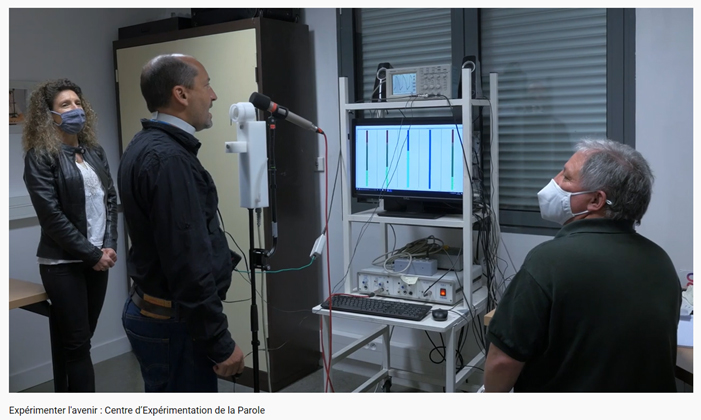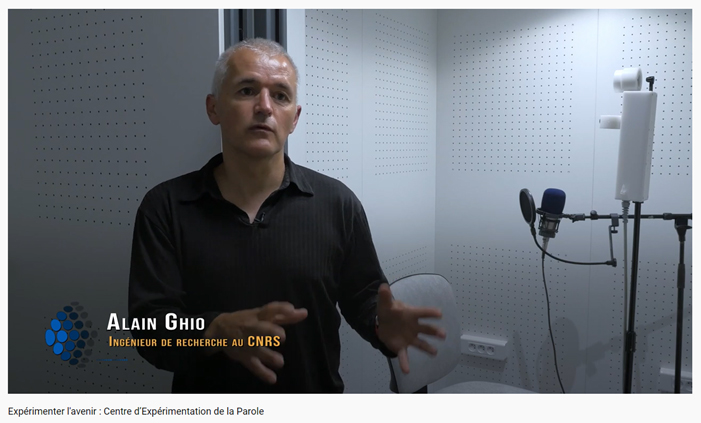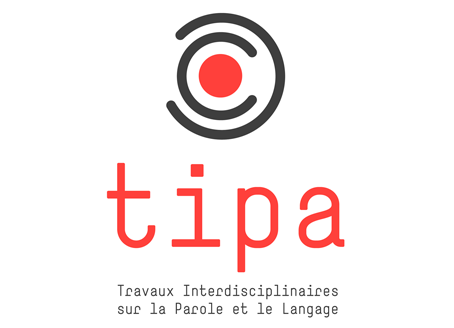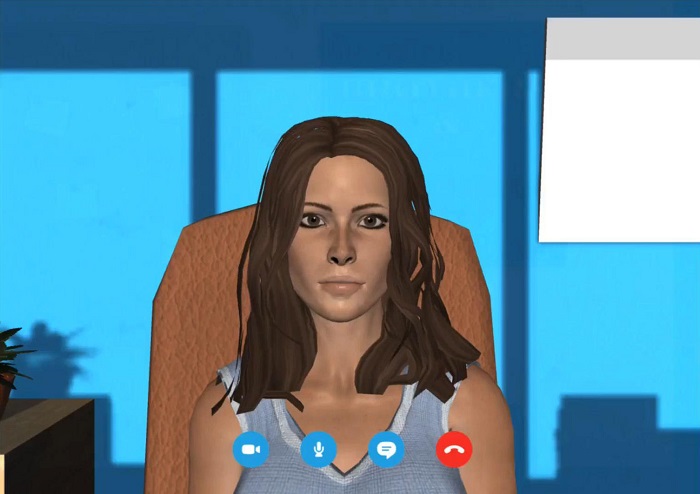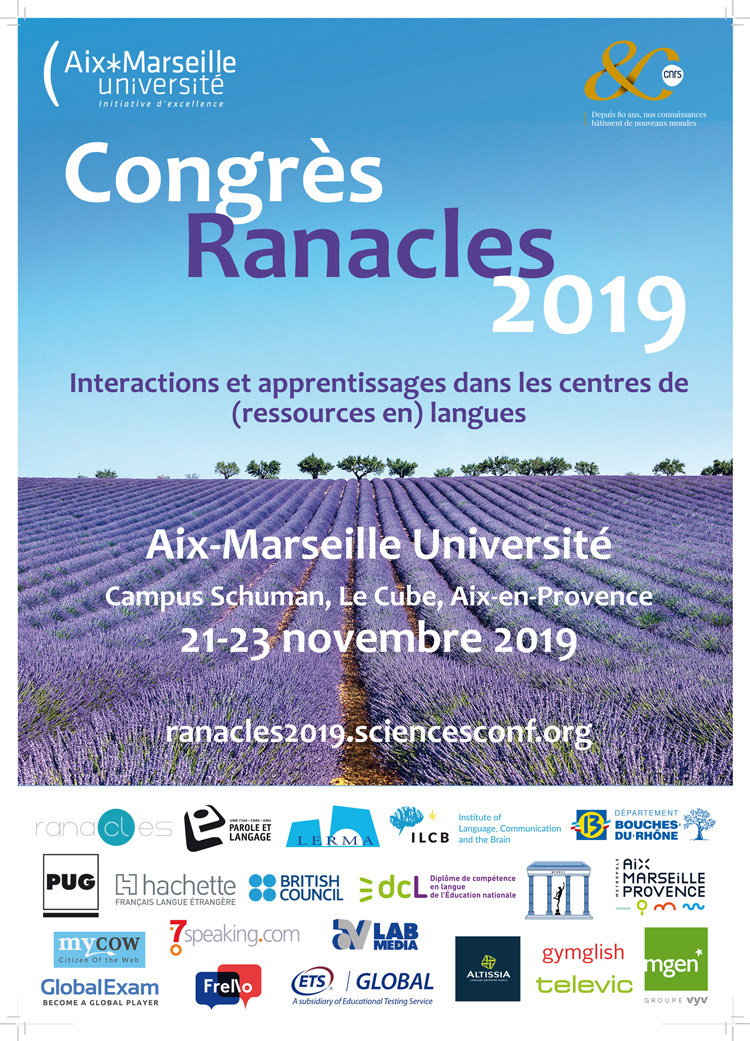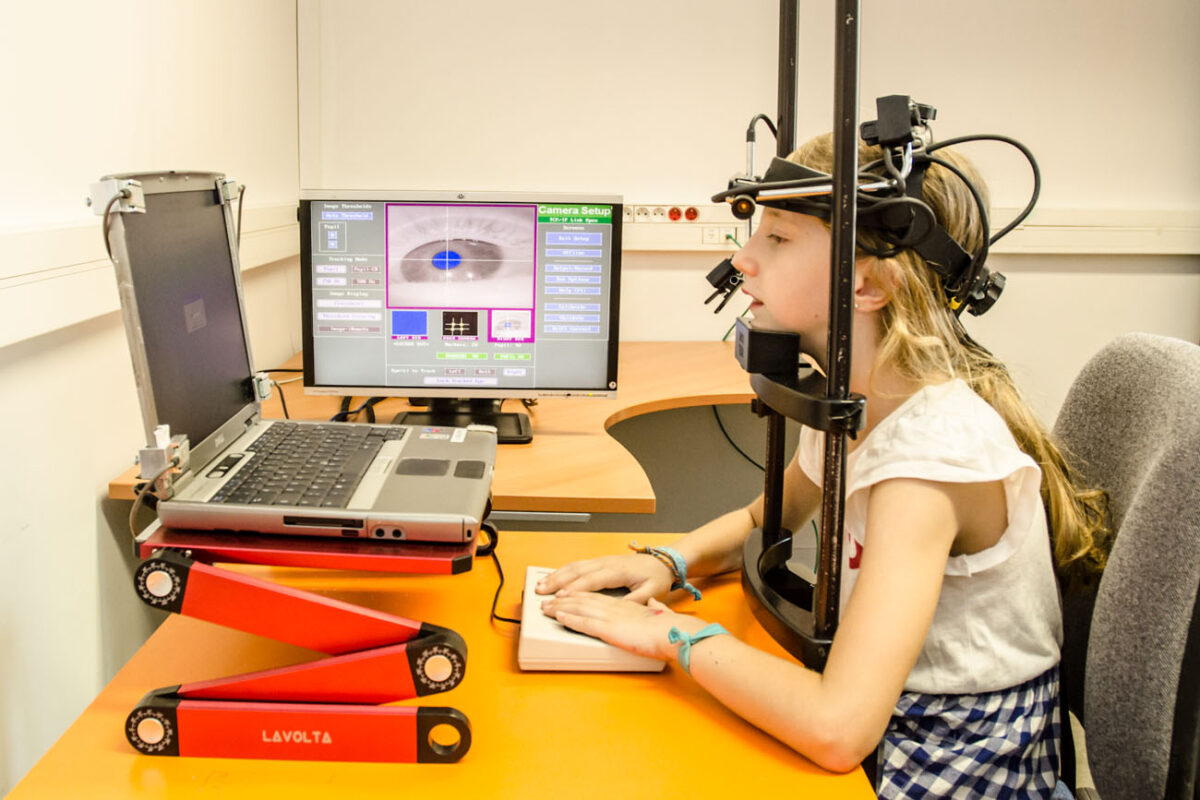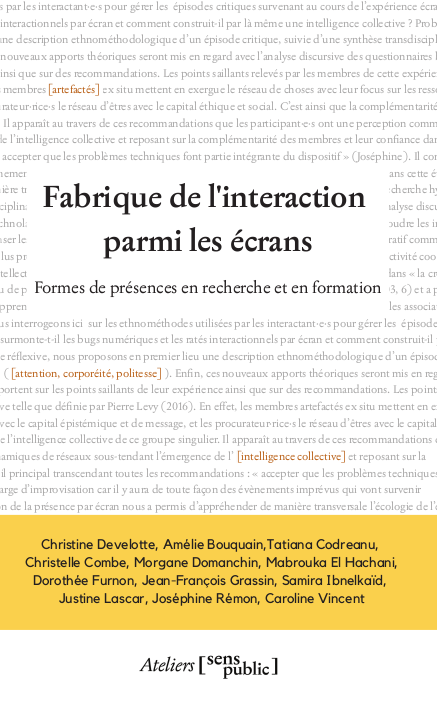We are pleased to announce the publication of the article "Simplification of literary and scientific texts to improve reading fluency and comprehension in beginning readers of French" co-written by Núria Gala (LPL-AMU) and colleagues from the research structures LPC, ADEF, SCALab and IL&C.
The article published today by the journal Applied Psycholinguistics is available through open access at: https://doi.org/10.1017/S014271642100062X
Contact: nuria.gala@univ-amu.fr










